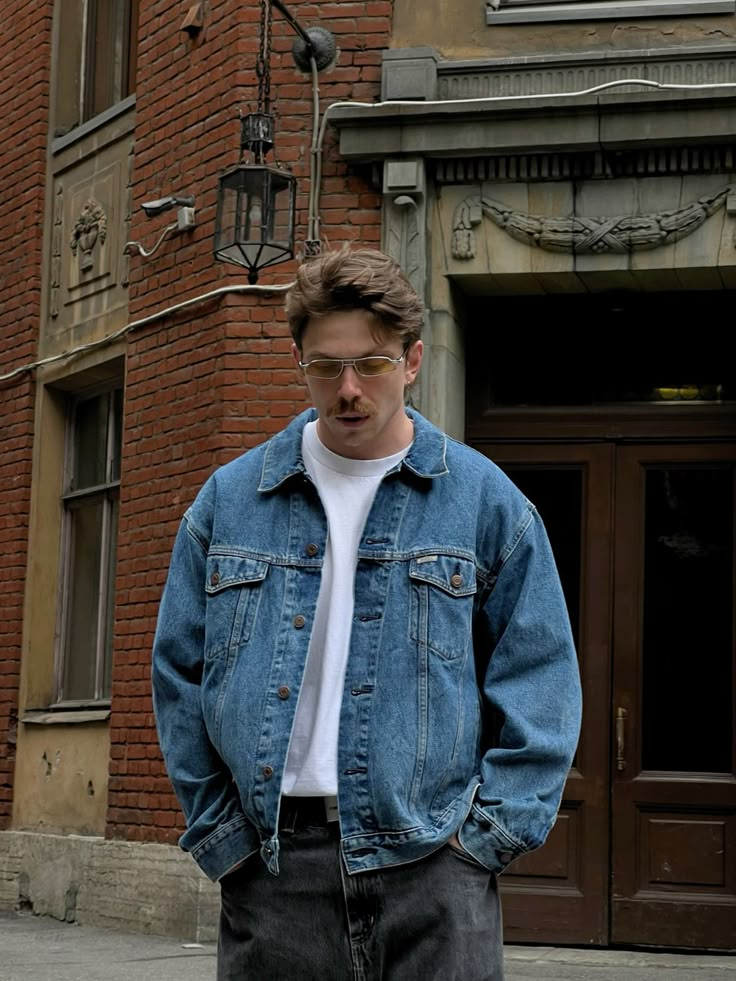Introduction
As the fashion industry evolves rapidly, sustainability and sophistication are no longer opposing forces but harmonious partners. Eco Meets Elegance: Sustainable Style Trends for 2025 captures this exciting new era, where environmental responsibility blends effortlessly with haute couture. In this comprehensive guide, we dive into the innovations, materials, and mindsets shaping a greener, more graceful future in fashion.
The Rise of Conscious Consumerism
The world has awakened to the impact of mass production and wasteful consumption. Today’s shoppers demand transparency, accountability, and purpose from their favorite brands. Eco-conscious consumers no longer view sustainability as an option but as an expectation. Brands that thrive in 2025 embrace this shift wholeheartedly, aligning business models with ethical sourcing, fair labor practices, and carbon reduction initiatives. Sustainability becomes a badge of honor, not just a marketing ploy.
Material Innovation: The Future of Fabrics
In 2025, material science plays a transformative role in redefining what we wear. Traditional cotton gives way to organic, regenerative alternatives requiring fewer resources. Bio-fabricated textiles like mushroom leather, pineapple fibers, and lab-grown silk offer luxurious, animal-free options without compromising style. Recycled plastics are spun into buttery-soft jerseys, while zero-waste patterns maximize every inch of fabric, ensuring nothing goes to landfills. The era of guilt-free luxury has truly arrived.
Circular Fashion: Designing for Longevity
The throwaway culture of fast fashion fades as circularity takes center stage. Designers engineer garments with their entire lifecycle in mind — from production and use to repair, reuse, and recycling. Modular designs, adjustable fits, and timeless aesthetics ensure that each piece transcends seasons and fleeting trends. In 2025, owning clothing is not just about possession; it’s about stewardship and mindful appreciation.
Eco-Couture: High Fashion Embraces Sustainability
Once skeptical, luxury houses now lead the sustainable charge. Couture collections dazzling runways at Paris, Milan, and New York feature reclaimed fabrics, ethical craftsmanship, and ecological themes. Haute couture’s deep respect for artistry and technique finds a perfect ally in sustainable practices, proving that grandeur and responsibility can coexist beautifully. These elite labels demonstrate that ethical fashion doesn’t diminish exclusivity—it enhances it.
Technological Transformation in Sustainable Fashion
Advanced technologies fuel a greener fashion future. Blockchain ensures complete supply chain transparency, letting consumers trace garments from farm to hanger. AI predicts inventory needs, minimizing overproduction and waste. Digital fashion—wearable in virtual spaces—rises, satisfying cravings for novelty without material consumption. 3D printing introduces custom-fit garments made from biodegradable polymers, eliminating traditional manufacturing waste altogether.
Sustainable Streetwear and Youth Culture
Younger generations wield immense influence, and in 2025, their demands steer fashion toward authenticity and planet-first thinking. Streetwear, a vibrant pulse of youth culture, morphs into a platform for activism. Upcycled denim, organic hoodies, plant-dyed sneakers, and minimalist accessories dominate the scene. Streetwear’s DIY ethos and global reach accelerate sustainable fashion’s spread far beyond the catwalk.
The Color Palette of Sustainability
Color trends in 2025 mirror nature’s most calming and energizing hues. Earthy neutrals, seafoam greens, sun-kissed yellows, and mineral blues symbolize a collective yearning for reconnection with the planet. Plant-based dyes and low-impact coloring techniques preserve water sources and protect ecosystems. Every shade worn tells a story of reverence for Earth’s beauty.
The Role of Minimalism in Sustainable Fashion
Minimalism in 2025 isn’t just an aesthetic; it’s a philosophy. Capsule wardrobes featuring versatile, well-made essentials empower consumers to do more with less. Quality trumps quantity, and intentional choices replace impulse buys. Monochromatic ensembles, streamlined silhouettes, and multifunctional pieces define a chic, planet-conscious style ethos.
Empowering Artisans and Indigenous Communities
The movement toward sustainability revitalizes traditional craftsmanship and indigenous knowledge. Brands forge direct relationships with artisan communities, ensuring fair wages, cultural preservation, and the survival of ancestral techniques. Handwoven textiles, intricate beadwork, and naturally dyed garments showcase human creativity while sustaining livelihoods around the globe.
The Genderless Revolution in Sustainable Style
Boundaries blur as gender-neutral fashion surges forward, reflecting broader societal changes. Unisex tailoring, fluid silhouettes, and versatile cuts promote freedom and self-expression without wasteful duplication. By eliminating rigid gender divisions in clothing lines, brands simplify production processes and honor individuality sustainably.
Luxury Resale and Rental Markets
Ownership redefines itself in 2025. Instead of hoarding seldom-worn garments, consumers embrace resale platforms and rental services for their wardrobe needs. Luxury vintage thrives as a status symbol of sustainability. Renting designer pieces for special occasions becomes commonplace, reducing the environmental toll of single-use fashion.
Eco-Friendly Footwear Innovations
Footwear undergoes a green renaissance. Brands pioneer sneakers crafted from ocean plastic, biodegradable soles, and cruelty-free materials. Modular shoe designs allow easy repair and part replacement, extending lifespans exponentially. Comfortable, stylish, and sustainable, eco-shoes take strides toward a cleaner future.
Sustainable Accessories: Jewelry, Bags, and Beyond
Accessories get an eco-upgrade as designers craft bags from cactus leather, jewelry from recycled metals, and sunglasses from plant-based polymers. Each item serves as both adornment and advocacy, a testament to sustainable values woven into every detail.
Fashion Activism: Wearing Values Loud and Proud
In 2025, clothing becomes a canvas for change. Slogans promoting climate action, social justice, and ethical consumption appear on T-shirts, jackets, and bags. Brands leverage their influence to support causes, raise awareness, and inspire collective action through fashion statements.
Conclusion
Eco Meets Elegance: Sustainable Style Trends for 2025 reveals that fashion’s future is not only greener but grander. Environmental stewardship fuels creativity rather than constrains it, allowing designers, brands, and consumers to participate in a more ethical, expressive, and exciting industry. As sustainable practices merge seamlessly with elegance, we step into an era where style and conscience coexist beautifully, shaping a vibrant, responsible tomorrow for fashion and the world.

